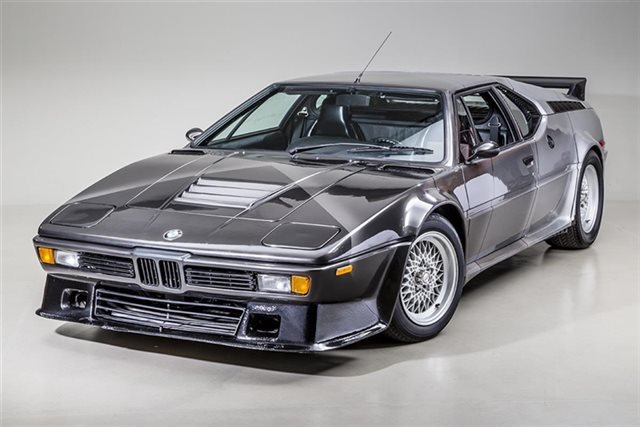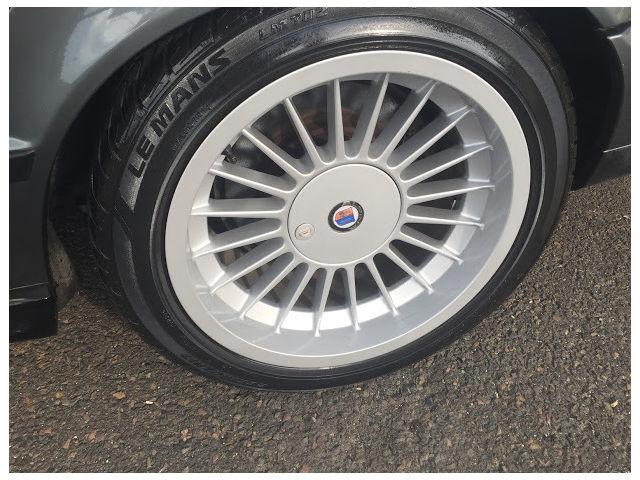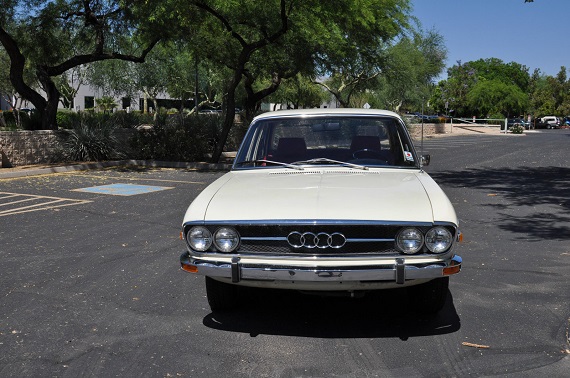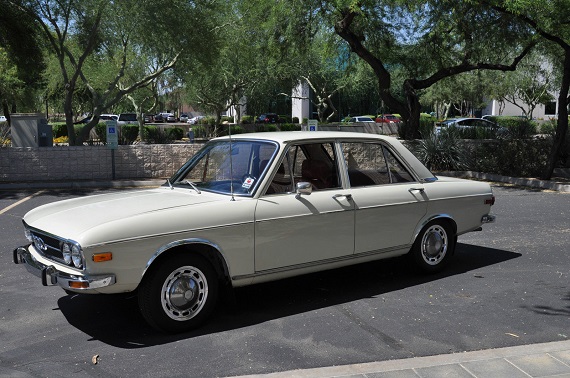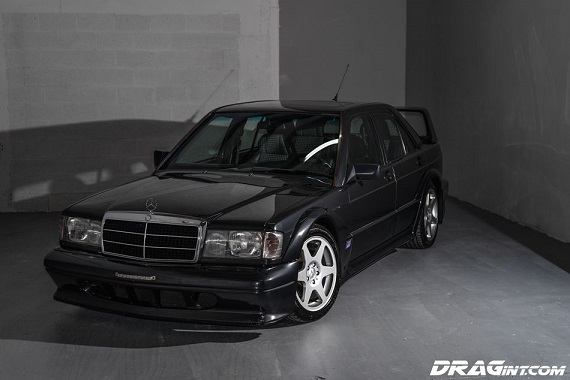While it’s safe to say that all of the legendary BMW M1s have an interesting history, some are a bit more traveled than others. It would be simple to suggest that modifying one of the few M1s produced would be sacrilegious, but in the 1980s anything was fair game in the tuning scene, and let’s not forget that the M1 was a bit of a flop originally. In fact, until very recently the M1 was generally overlooked as a future collectable; prices were higher considering the rarity and provenance of the original M car, but like the Audi Sport Quattro they enjoyed relative obscurity in the general public. So, it’s not much of a surprise that some were modified in period, and AHG was the most famous of the tuners of the M1. Taking the base car to the next level, they customized the interiors and upped the power nearly 30%, along with fitting aero tweaks that were a reminder that the M1 was intended for the track. Looking much like a street worthy Procar, the only thing that was missing were the celebrity race drivers and crashes. Not missing was the high price tag, something that’s back today:
Author: Carter
A truism of motorsport is that to make a small fortune in racing you need to start with a large fortune. Building race cars is very expensive; strange, considering that there is much less of them when you’re done than the road car that was started with. If, for example, you wanted to go racing in the GT3 class, the ostensible car to get would be the multi-class winning Porsche GT3R. Smart choice. Now, fork over your half a million hard-earned trust fund dollars, since before you turn a key the GT3R stickers at 429,000 Euros plus taxes. Run a race weekend, and presuming you don’t crash or have a mechanical, you’ll be several tens of thousands of dollars more in the hole, since race cars consume consumables at an alarming rate. Tires, brake pads, clutches – you name it, it’s expensive if it’s top-tier racing goods. And then come the realities that after a staggeringly short amount of time, you need to completely rebuild your race car. According to the Census Bureau, the average American spends 50 minutes a day commuting in their car. In race car terms, that would mean that after a little over a month you’d have to completely rebuild your car. Nuts, right?
But you still want to do it. Okay, a much more affordable way to go really, really fast is to buy a last generation car. Just past the current vogue, they tend to be considerably more friendly on the wallet. Yet, top tier cars are still very, very expensive to run. Perhaps, then, a smarter choice would be to look at a car based upon more pedestrian internals:
CLICK FOR DETAILS: 2008 BMW M3 on eBay
1 CommentI’m going to say something that’s probably somewhat shocking to many Audi faithful; the original Audi 100 was actually a sales success. Audi produced nearly a million of its new-style sedan, taking the company of a trajectory of innovative and aerodynamic family cars throughout the 1970s and 1980s. Of course, you’ll say, even if the C1 was a success in Europe, it wasn’t so much here in the U.S., right? After all, you see very close to zero of these handsome 1970s designs kicking around today. That would be a misstatement of the truth, since Audi original sold an astonishing 146,583 Audi 100s here. But since Toyota sells that many Camrys every hour, let’s put that into perspective. Some really rare Audis in the U.S.? How about a few of my favorites – 22,356 Coupe GTs sold here in total, and only 3868 V8 quattros made it to the States. Okay, neither the Coupe GT nor the V8 quattro was a particularly popular model for various reasons. How about a wildly popular model, then? Audi’s sales success with the 100 was on par with the company’s more recent star model, the A4 – Audi shifted 98,393 95-99 A4 models, and those are pretty common to see even if the newest of the B5 generation is 14 years old. A bigger perspective? Audi sold more 100LSs than it sold total cars (135598 total) between 1988-1995. I remember the 1980s, and even then – when these cars were newer than the current B5 generation – you just didn’t see them. That makes it especially neat to see one today, especially in the condition of today’s example:
CLICK FOR DETAILS: 1972 Audi 100LS on eBay
4 CommentsLet’s get the elephant in the room out of the way: this 1990 Mercedes-Benz 190E’s asking price is $700,000. No, I’m not joking. For that amount, you could purchase many things; planes, sailboats, vacation homes – all on top of your normal home. You could send many disadvantaged youth through secondary education, or you could feed most of Darfur through the rest of the year. But you’re not into those things, you’re into cars – so what makes this Batmobile-inspired W201 so special? Like the M3 and V8 quattro, it was a DTM star, and like all of the Evolution models they were not imported to the United States. That makes them covetous for marque fans, cars that adorned true racing fan’s walls and imaginations in the late 80s and early 90s, and gives you instant credibility at any European event you turn up to. Well before “Evo” became synonymous with Mitsubishi’s physics-defying Lancer, Evo meant that BMW, Audi or Mercedes-Benz were attempting to homologate some aero tweaks and a hotter motor to win in the DTM race series. Along with the M3 and Quattro, these were the cars that spawned an entire generation of go-faster flares, vents and wings that can still be seen evolving on the WRX and, aptly named, Lancer Evolution. But while the M3 is a known quantity and the market star of the three big DTM cars from the early 1990s, to me the Mercedes-Benz was the one that really nailed the look with their road going version. The Evolution II looked the business; more aero and extreme than the M3, more special looking than the V8 quattro’s Evo kit, it stood apart from the crowd. All of them were special, but somehow the Evolution II was a bit more special:

